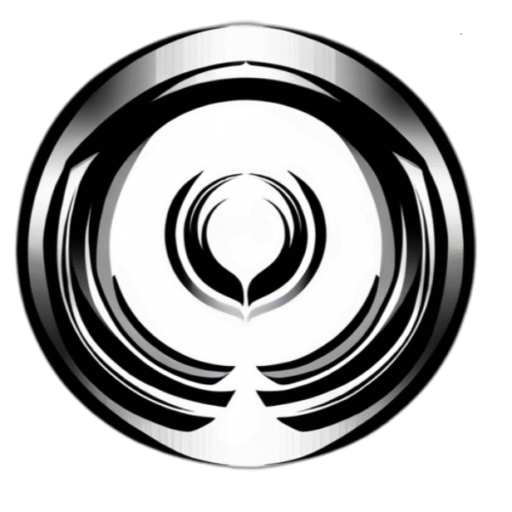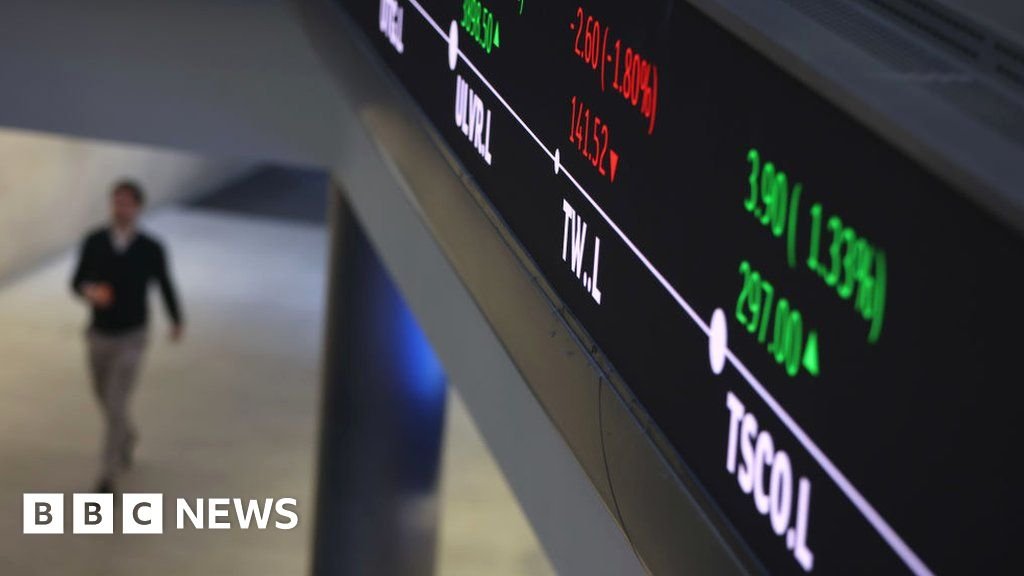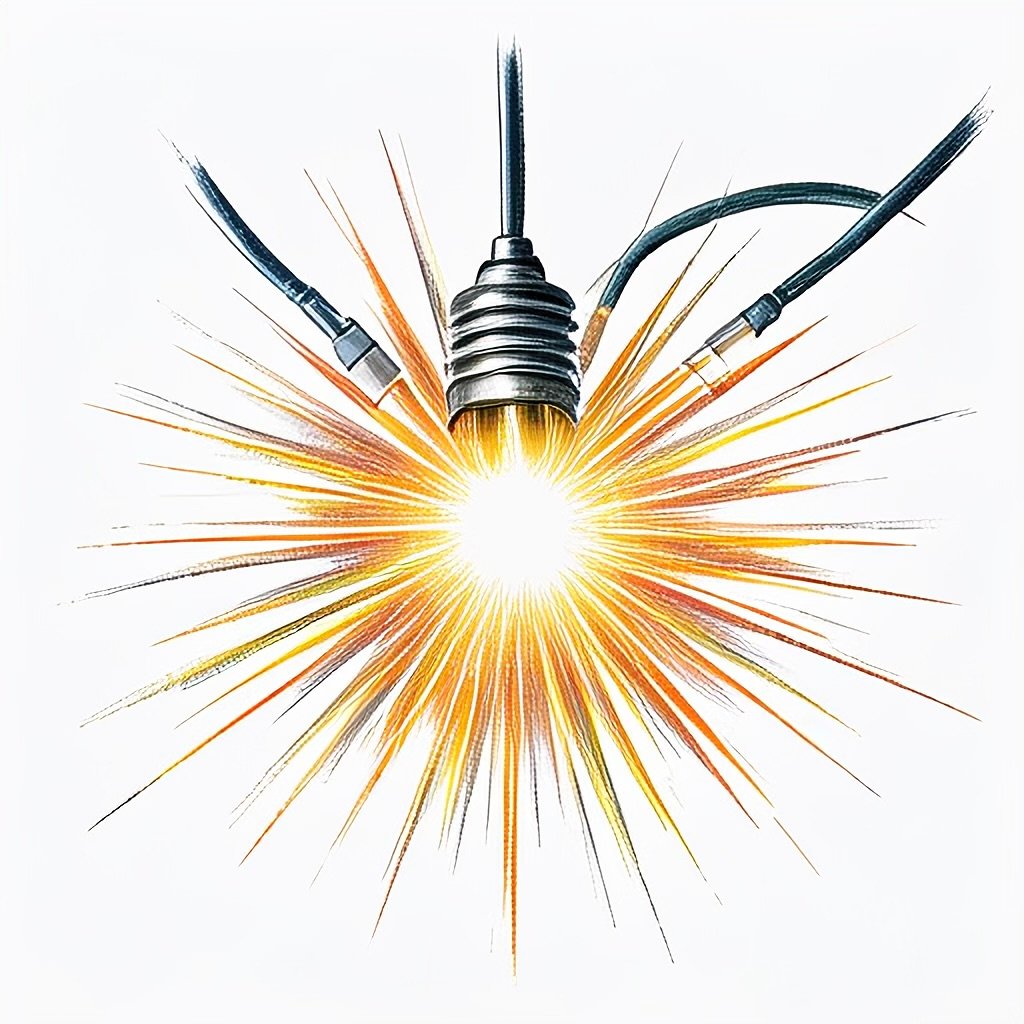The Rich Tapestry of Italy’s Religious History: Beliefs, Practices, and Monuments
Ancient Religions and Early Beliefs in Italy
The religious landscape of Italy before the rise of Christianity was a complex tapestry woven with the threads of various polytheistic beliefs. The Etruscans, one of the earliest civilizations in Italy, played a significant role in shaping the religious practices of the region. Their pantheon was rich, featuring deities such as Tinia, the sky god, and Uni, the goddess associated with fate and fertility. The Etruscans believed in divination and auspices, interpreting the will of the gods through natural phenomena and animal entrails.
As the Roman Empire expanded, it absorbed and amalgamated the religious customs of the Etruscans and other Italic tribes. Central to Roman religious practice were the Capitoline Triad: Jupiter, Juno, and Minerva. Jupiter, the king of the gods, wielded thunderbolts and was the protector of Rome. Juno, his consort, was revered as the goddess of marriage and childbirth, while Minerva, the goddess of wisdom and warfare, was honored for her strategic prowess. These deities were worshipped through elaborate rituals, sacrifices, and festivals. The Vestal Virgins, priestesses of Vesta, played a crucial role in maintaining the sacred fire, symbolizing the perpetuity of Rome.
Greek mythology also significantly influenced Roman religion. Deities like Apollo, Venus, and Hercules were seamlessly integrated into the Roman pantheon, their stories and attributes adapted to fit Roman cultural contexts. This syncretism is evident in the temples and monuments scattered throughout ancient Italy, such as the Temple of Apollo in Pompeii and the Pantheon in Rome.
The transition from paganism to monotheism began subtly, with the gradual introduction of Eastern mystery cults, such as those of Isis and Mithras, which offered more personal spiritual experiences. These cults paved the way for the acceptance of Christianity, which ultimately transformed the religious framework of Italy. The shift marked the end of an era dominated by polytheistic worship and set the stage for the spread of the monotheistic religion that would reshape Italian society and culture.
Christianity’s Rise and Dominance in Italy
The spread of Christianity in Italy marks a significant era in the country’s religious history. Early Christian communities began to form in the first century AD, often facing severe persecution under Roman rule. These early Christians practiced their faith in secrecy, meeting in homes and catacombs to avoid detection. The turning point came with the conversion of Emperor Constantine in the early 4th century. His embrace of Christianity culminated in the Edict of Milan in 313 AD, which legalized the religion and ended centuries of persecution.
Constantine’s conversion paved the way for Christianity to flourish throughout Italy. The establishment of the Papacy in Rome further solidified the country’s central role in the Christian world. The Bishop of Rome, later known as the Pope, emerged as a spiritual leader, significantly influencing both religious and sociopolitical spheres. This period also saw the convening of the Council of Nicaea in 325 AD, an assembly that aimed to achieve consensus in the church through the establishment of foundational doctrines.
The Catholic Church’s influence continued to grow, shaping Italy’s religious and cultural landscape. Key historical events such as the Great Schism of 1054, which divided Christianity into Eastern Orthodoxy and Roman Catholicism, had profound implications for Italy. Despite this division, the Catholic Church maintained its prominence, with Rome remaining a pivotal religious center.
One of the most enduring legacies of Christianity’s rise in Italy is its monumental architecture. Iconic structures like St. Peter’s Basilica and the Vatican serve as testaments to the church’s historical and spiritual significance. St. Peter’s Basilica, located in Vatican City, is considered one of the holiest Catholic shrines, attracting millions of pilgrims and tourists annually. These monuments not only symbolize religious devotion but also embody the rich artistic and architectural heritage of Italy.
In conclusion, the ascent of Christianity in Italy is a complex narrative of faith, resilience, and transformation. From the early days of persecution to becoming the heart of the Catholic Church, Christianity’s rise has indelibly shaped the religious and cultural fabric of Italy, leaving a legacy that endures to this day.
The Influence of Renaissance and Baroque Art on Italian Religious Monuments
The Renaissance and Baroque periods represent a pinnacle in the evolution of religious art and architecture in Italy. This era witnessed an unprecedented flowering of creativity, driven by the contributions of renowned artists such as Michelangelo, Leonardo da Vinci, and Gian Lorenzo Bernini. Their masterpieces not only defined the artistic landscape of their time but also profoundly influenced the religious monuments that continue to captivate the world.
Michelangelo’s work epitomizes the brilliance of the Renaissance. The Sistine Chapel ceiling, painted between 1508 and 1512, stands as a testament to his genius. The intricate frescoes, particularly “The Creation of Adam,” reflect both the theological themes and the religious fervor of the period. Michelangelo’s ability to convey complex biblical narratives through his art significantly enhanced the spiritual experience of the chapel’s visitors.
Another monumental work of the Renaissance is Leonardo da Vinci’s “The Last Supper,” a mural that adorns the wall of the Convent of Santa Maria delle Grazie in Milan. Painted between 1495 and 1498, this masterpiece captures the poignant moment of Jesus announcing his betrayal. Leonardo’s revolutionary use of perspective and his meticulous attention to human emotion brought a profound depth to this religious scene, making it one of the most studied and revered works of art in history.
Transitioning to the Baroque period, Gian Lorenzo Bernini’s contributions to St. Peter’s Basilica in Vatican City are of paramount importance. His sculptures, such as the “Baldachin” and the “Cathedra Petri,” exhibit a dynamic interplay of movement, light, and shadow, characteristic of Baroque artistry. Bernini’s work not only embellishes the basilica but also reinforces its role as a center of Catholic worship and a symbol of the church’s grandeur.
The artistic achievements of the Renaissance and Baroque periods are deeply intertwined with Italy’s religious history. These masterpieces reflect the theological themes and the spiritual intensity of their time, leaving a lasting legacy on Italian religious monuments and continuing to inspire awe and reverence among visitors and scholars alike.
Modern Religious Diversity and Practices in Italy
In contemporary Italy, the religious landscape, while still predominantly Catholic, reflects a growing diversity. This dynamic shift is visible in the presence and practices of various other Christian denominations, such as Protestantism and Orthodox Christianity, as well as the significant communities of Judaism, Islam, Buddhism, and Hinduism. This religious plurality has led to a vibrant tapestry of beliefs and rituals that coexist within the modern Italian society.
The increasing presence of different faiths has prompted Italy to adopt more inclusive approaches. Interfaith dialogue has become a cornerstone in fostering mutual understanding and respect among the various religious communities. Organizations and forums dedicated to interfaith communication regularly organize events and discussions, promoting a culture of cohabitation and shared values. These dialogues often focus on common ethical concerns and humanitarian efforts, bridging gaps between different religious groups.
Moreover, the physical manifestation of this diversity is evident in the construction of new places of worship. Cities like Rome, Milan, and Florence have seen the establishment of mosques, synagogues, Buddhist temples, and Hindu centers, reflecting the multicultural makeup of their populations. These spaces not only serve as religious sanctuaries but also as community hubs that offer cultural and educational programs, thus enriching the social fabric of Italy.
Religious festivals in Italy now echo this diversity. While traditional Catholic celebrations like Easter and Christmas remain significant, inclusive religious festivals celebrating Diwali, Hanukkah, and Ramadan have gained prominence. These events draw participants from various backgrounds, fostering a sense of unity and shared celebration.
However, the interplay between secularism and religion remains a pertinent issue in modern Italy. As the country navigates its identity in an increasingly globalized world, the relationship between religion and politics continues to evolve. Debates on religious symbols in public spaces, the role of religion in educational curricula, and legislative decisions on religious freedoms are ongoing. These discussions highlight the complexities of maintaining a secular state while respecting the deep-seated religious traditions and emerging pluralistic values.






